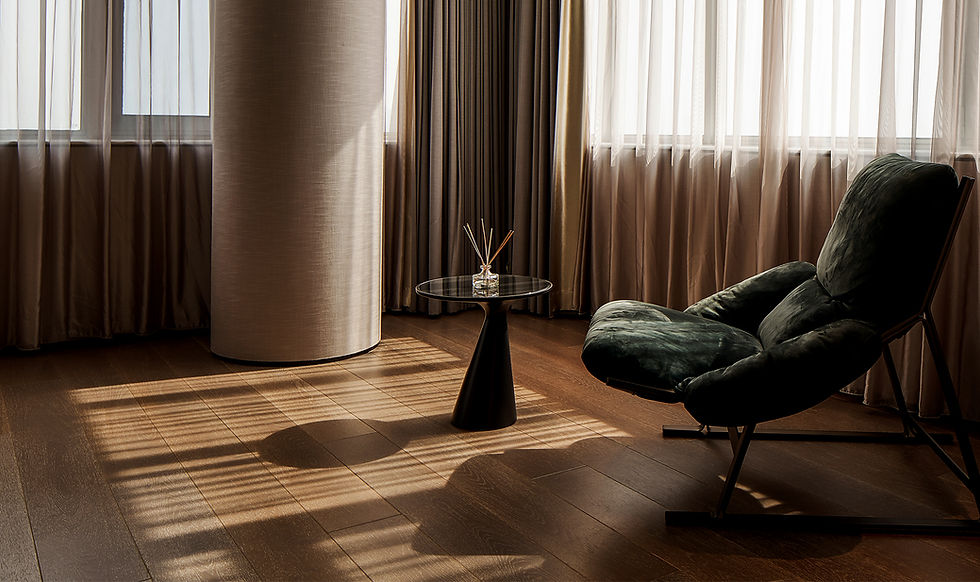The Psychology of Space: How Architecture Shapes Our Emotions and Behaviors
- rohan varghese

- Sep 25, 2023
- 2 min read

Have you ever walked into a room and felt instantly calm? Or perhaps you've been in a space that felt claustrophobic and stifling, even though there was plenty of room? This isn't mere coincidence. The design and architecture of spaces profoundly influence our emotions, behaviours, and overall well-being.
The Interplay of Light and Mood
One of the most significant architectural elements affecting our mood is lighting. Natural light boosts serotonin, a mood-enhancing chemical in our brains. Spaces bathed in sunlight can uplift spirits, while poorly lit rooms can contribute to feelings of sadness or fatigue.
The Influence of Colours
Architects and interior designers often choose colour palettes that evoke specific reactions. For instance, blues and greens are calming, yellows are energizing, and reds can stimulate appetite, which is why many dining establishments incorporate red into their design.
Openness vs. Enclosure
Open floor plans, popular in modern homes, can foster a sense of community and interaction. Conversely, smaller, enclosed spaces offer privacy and can be comforting to some. Architects play with these dynamics, designing spaces that cater to the intended purpose and emotional impact.
The Role of Texture and Materials
The materials used in interiors, from the roughness of a brick wall to the softness of a plush carpet, can evoke tactile emotions. Natural materials like wood and stone can provide a sense of warmth and grounding.
Acoustics and Well-being
Sound plays a pivotal role in our spatial experience. The acoustics of a place can either enhance relaxation (think of the soft murmurs in a library) or induce stress (the echoey cacophony of an empty hall).
Incorporating Nature: Biophilic Design
Humans have an innate desire to connect with nature. Incorporating natural elements—water, plants, natural light—into architectural designs can have therapeutic effects, reducing stress and improving overall well-being.
Architecture is more than just creating structures; it's about designing experiences. Every element, from the layout to the choice of materials, plays a role in shaping our emotions and behaviours. As we continue to understand the profound impact spaces have on our psyche, the importance of thoughtful, human-centric design becomes ever clearer.





Comments